Blog
-
Introducing the Industrial Visionaries Podcast!

Today, we’re excited to announce our new podcast: Industrial Visionaries!
read more... -
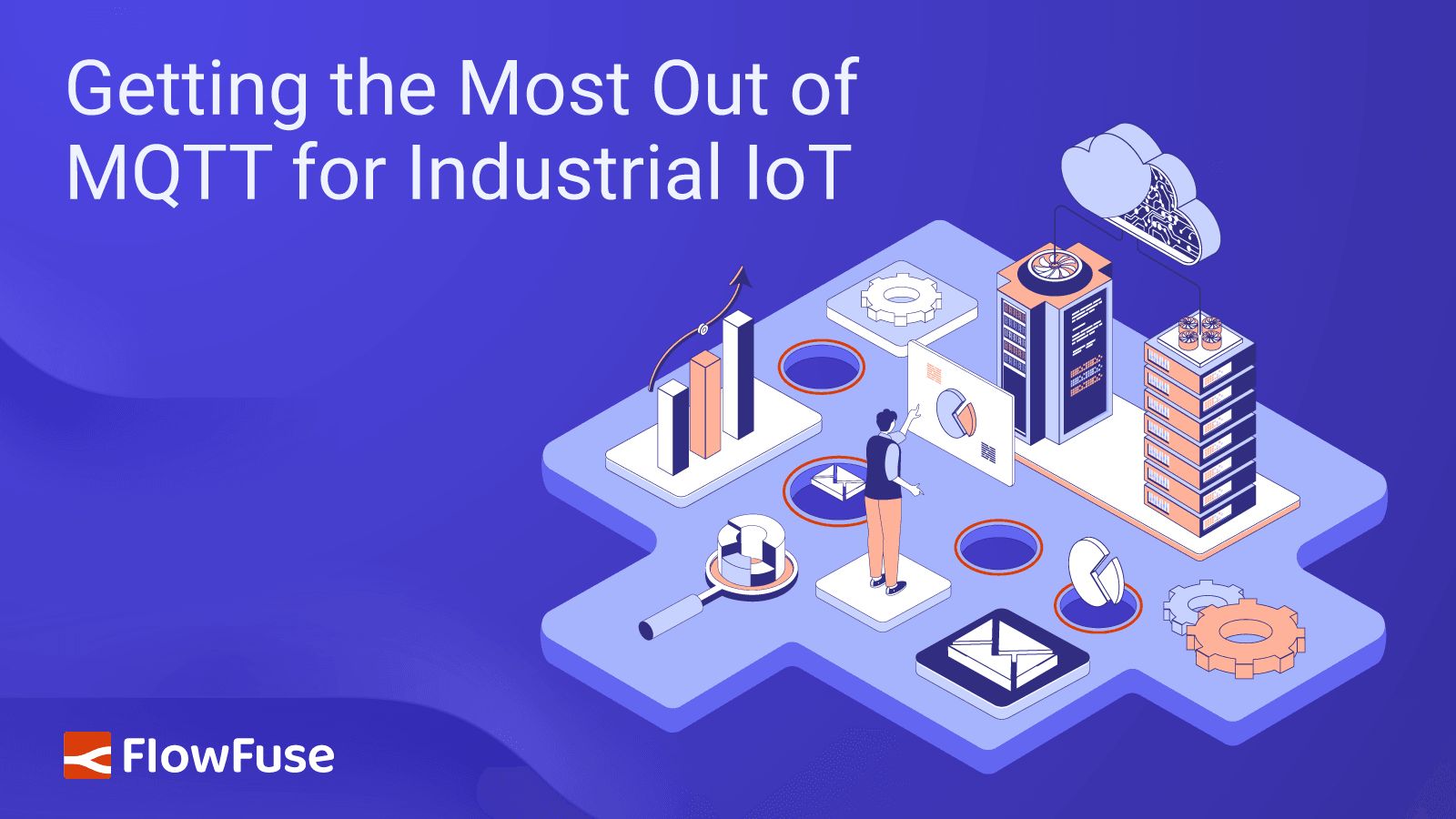
Getting the Most Out of MQTT for Industrial IoT
Learn how to optimize MQTT for industrial IoT with best practices for data consistency, security, performance, and scalability. Discover how FlowFuse enhances your IoT system with streamlined MQTT communication and robust features. -
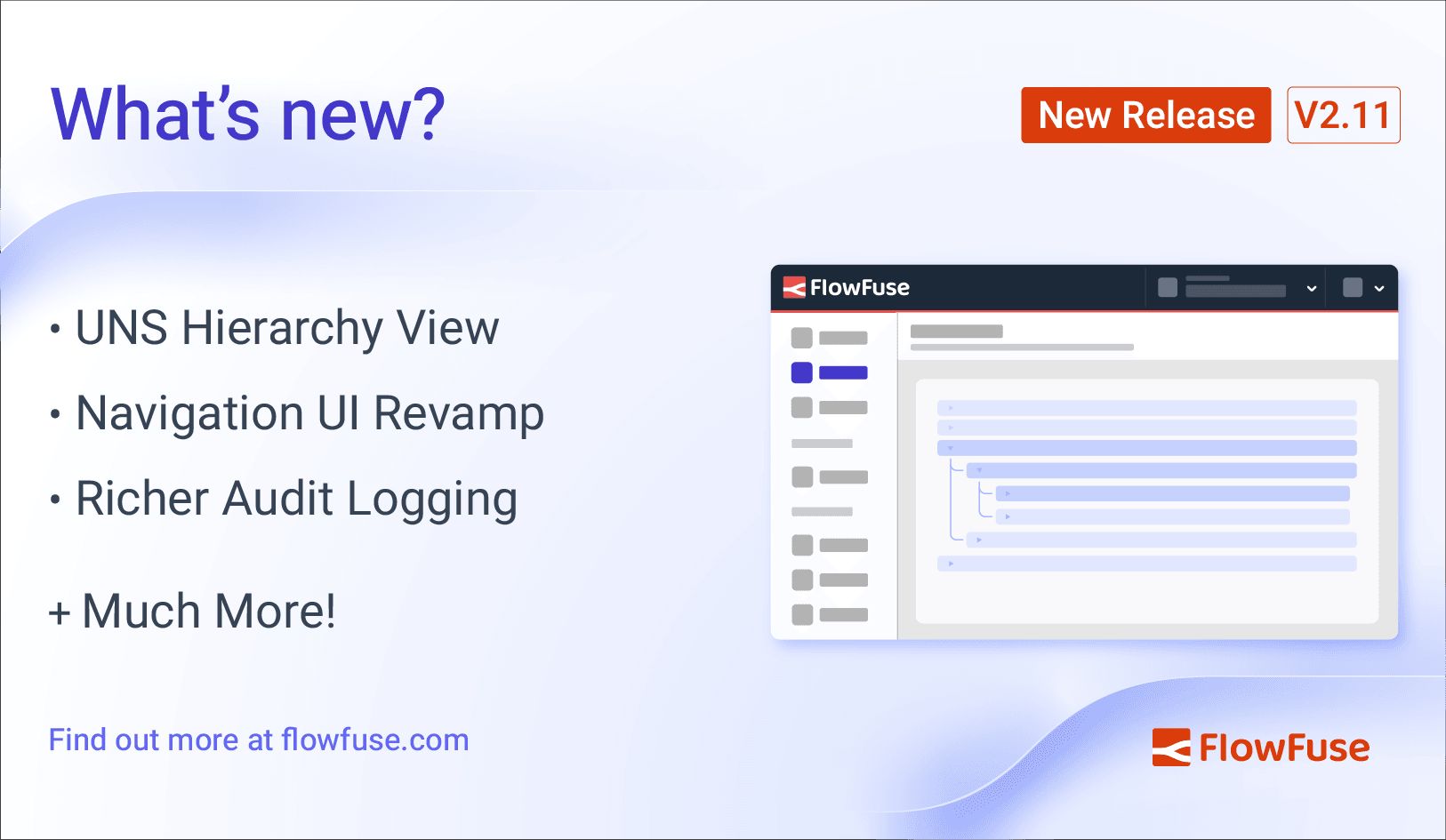
FlowFuse 2.11: MQTT Topic Hierarchy, UI Revamp & Improved Logging
Let's take a look at the new features and improvements in FlowFuse 2.11 -
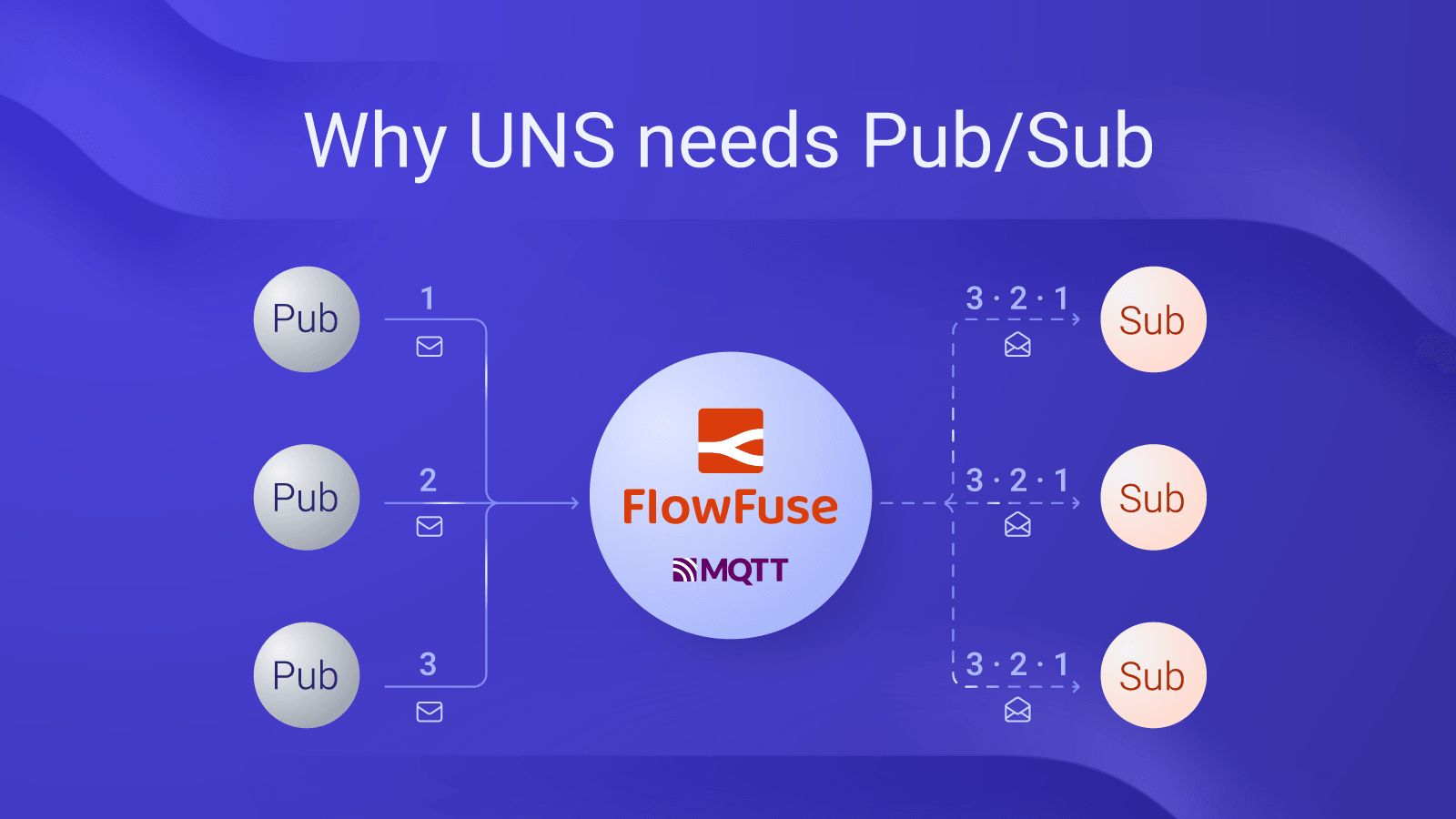
Why UNS needs Pub/Sub
Explore why integrating Publish/Subscribe (Pub/Sub) with Unified Namespace (UNS) is key to optimizing manufacturing data flow. Learn how this combination reduces latency, improves scalability, and enables real-time decision-making in IIoT systems. -
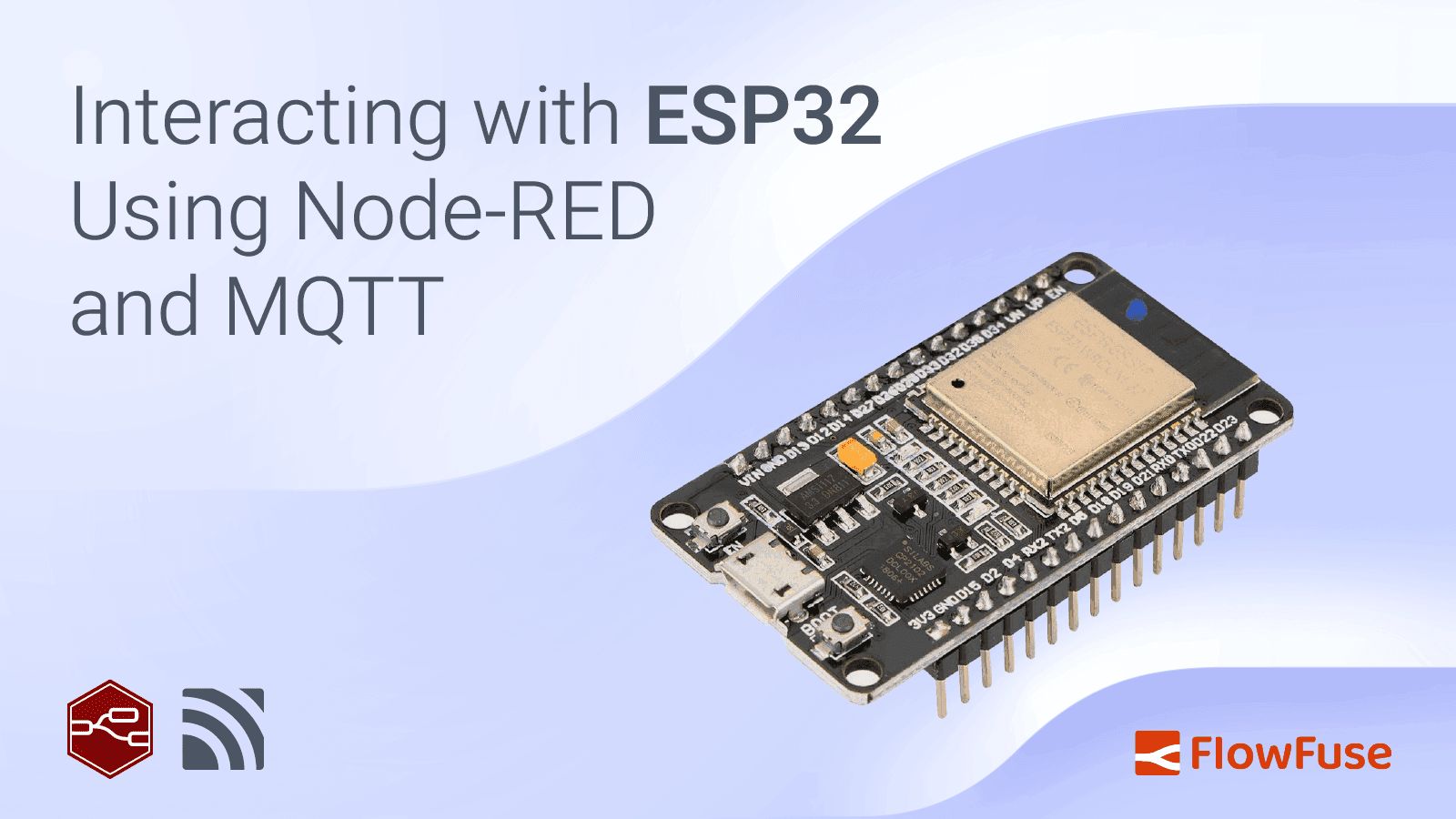
Interacting with ESP32 Using Node-RED and MQTT
Learn how to connect your ESP32 with Node-RED using MQTT in this easy-to-follow guide. Build a user-friendly dashboard with FlowFuse Dashboard to control your IoT devices remotely. Ideal for beginners and IoT hobbyists! -
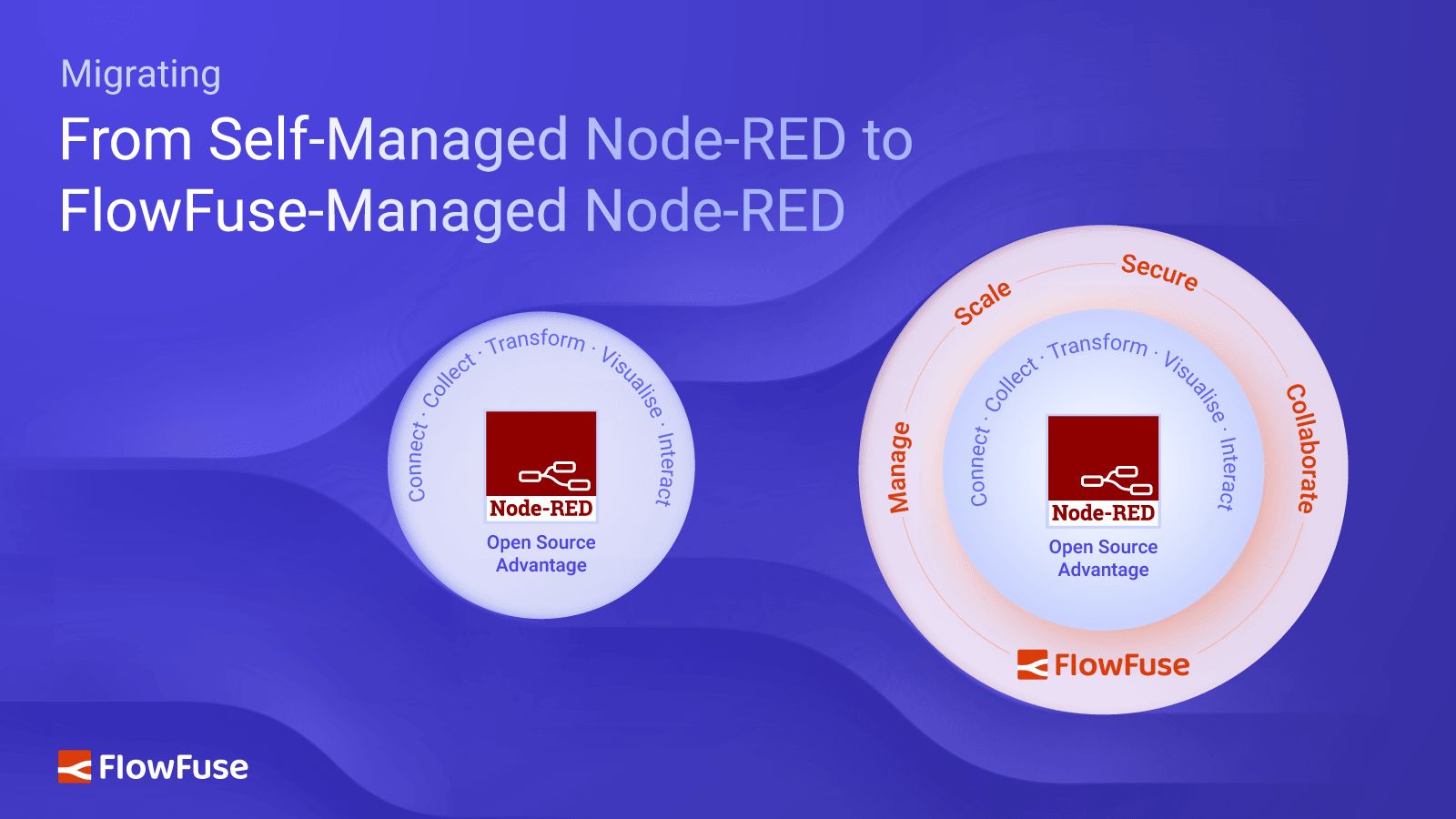
Migrating from Self-Managed Node-RED to FlowFuse-Managed Node-RED
Discover how to migrate from a self-managed Node-RED setup to a FlowFuse-managed environment, including step-by-step instructions for instance creation, data backup, and snapshot deployment. -
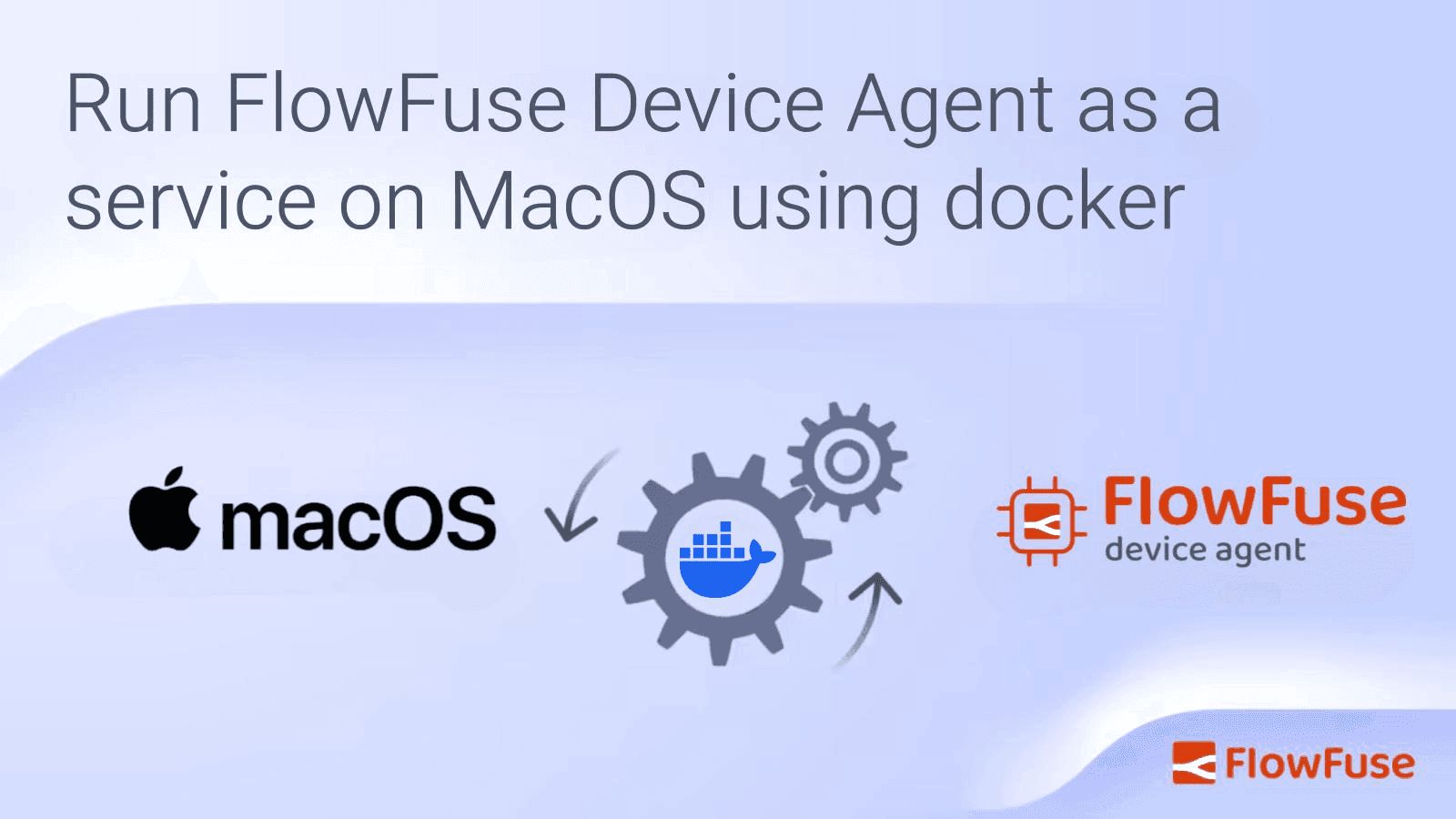
Run FlowFuse Device Agent as a service on MacOS using Docker
Learn how to run the FlowFuse Device Agent as a service on macOS using Docker and Colima, ensuring automatic startup and seamless integration with the FlowFuse platform for managing IoT edge devices. -
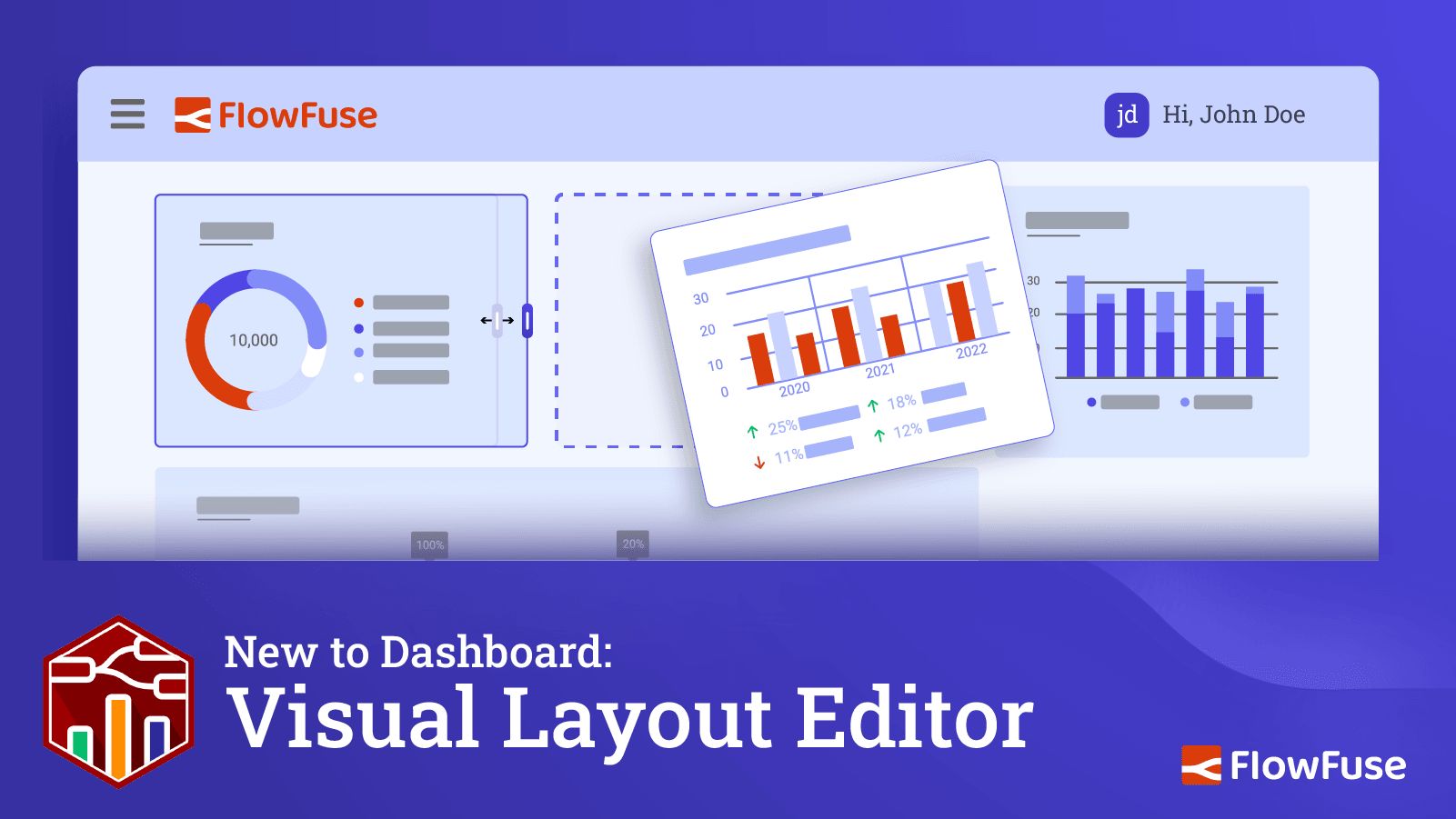
Visual Layout Editor - Now Available in Dashboard
With the latest update we have released a new Layout Editor for Dashboard, as well as new widgets and wide-spread improvements. -
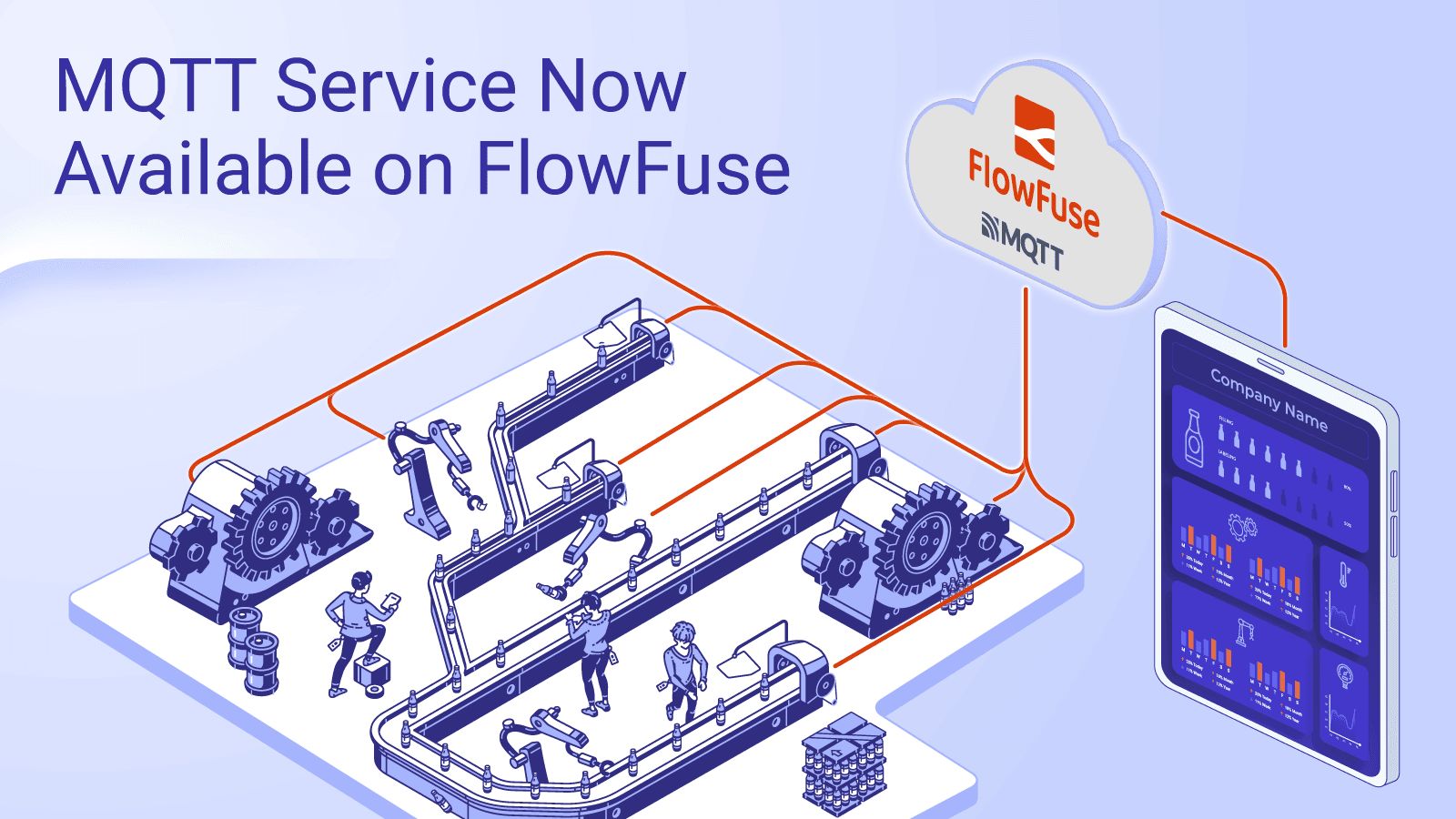
MQTT Service Now Available on FlowFuse
We are thrilled to announce a significant milestone for FlowFuse, we now offer our very own MQTT service, built-in and ready to use with your Node-RED applications. -
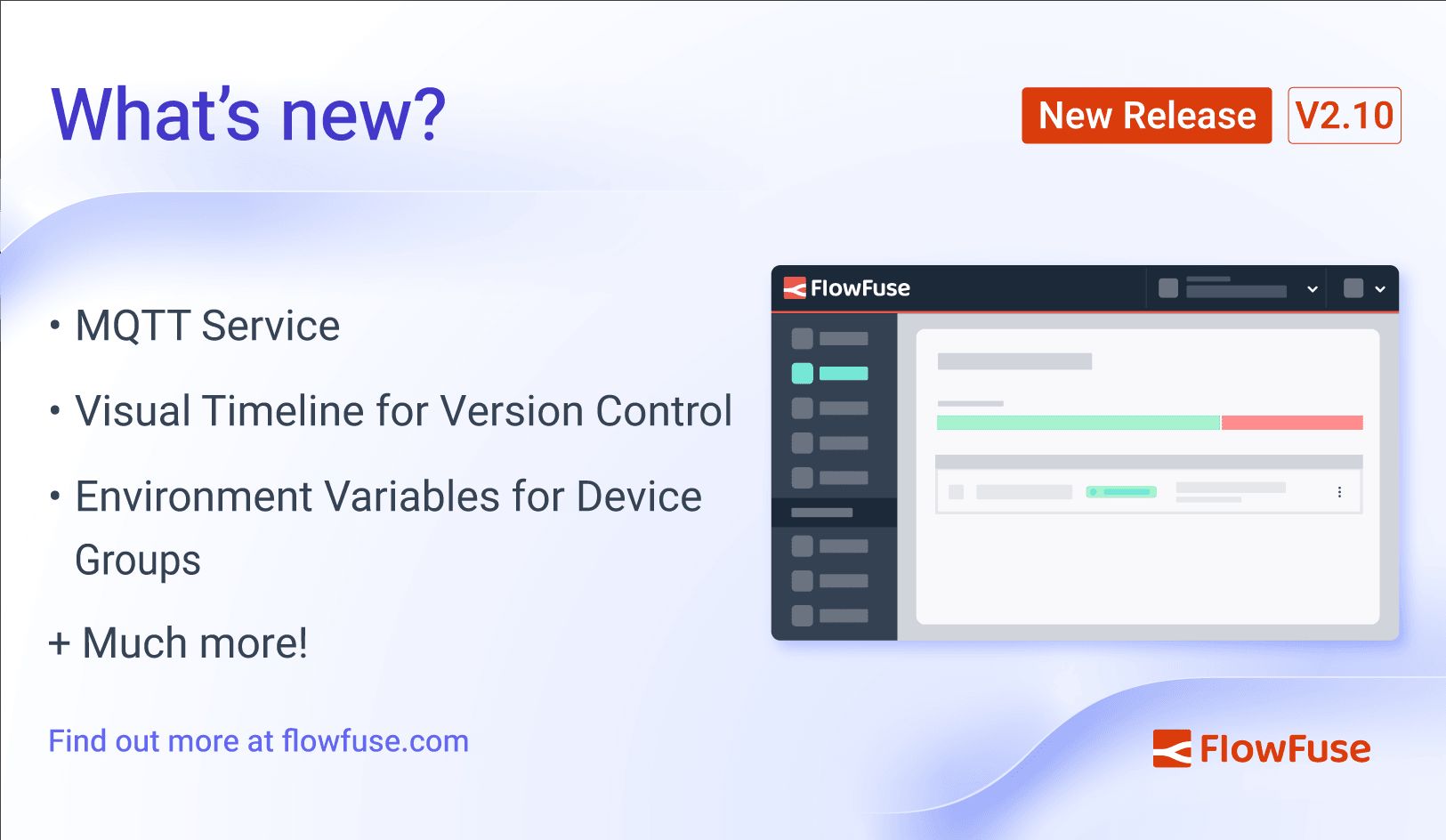
FlowFuse 2.10: MQTT Broker, Improved Version Control & More!
Let's take a look at the new features and improvements in FlowFuse 2.9 -
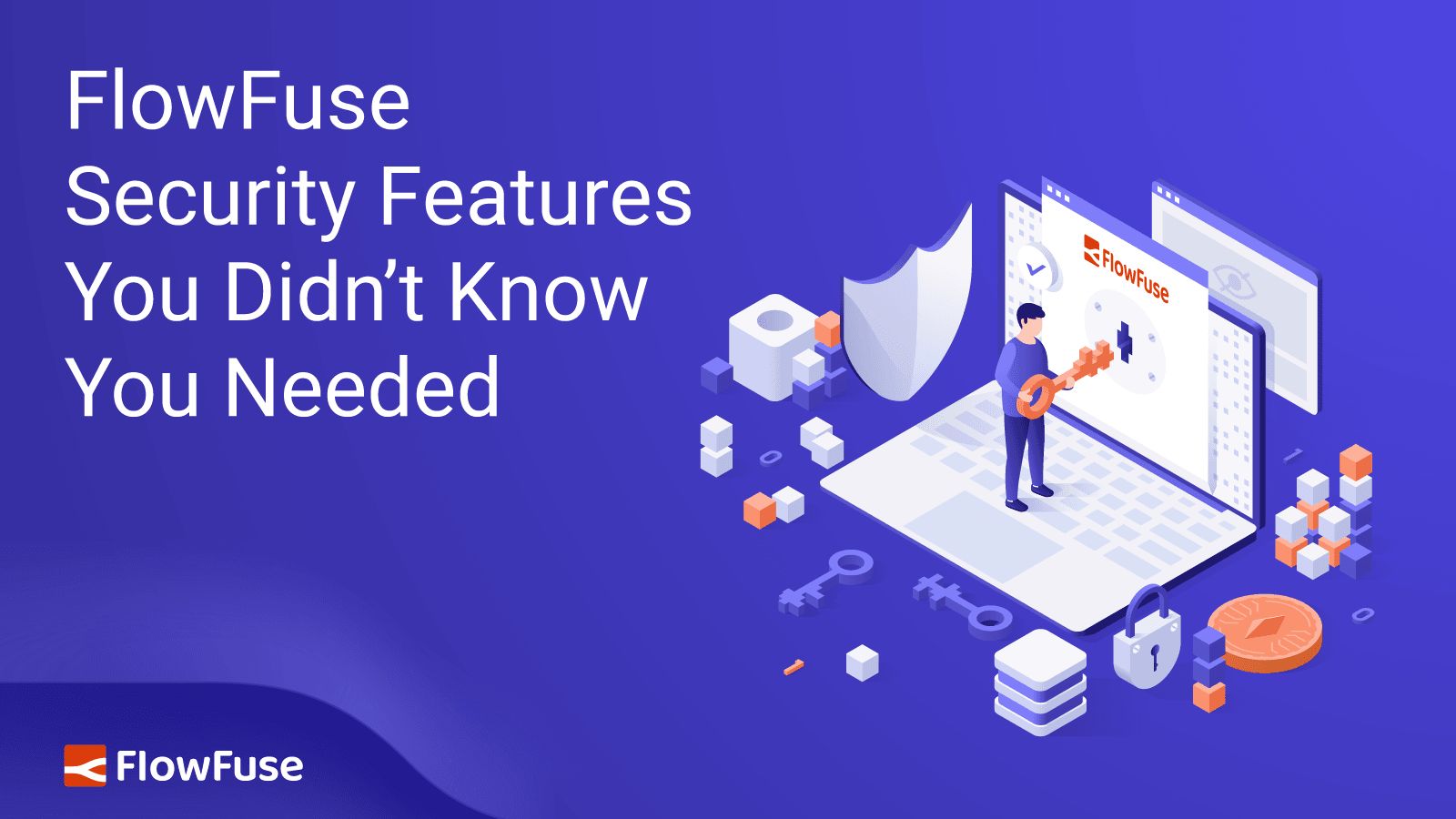
FlowFuse Security Features You Didn’t Know You Needed
Discover essential FlowFuse security features that enhance protection and ensure secure Node-RED deployments. Explore tools you didn't know you needed for robust security. -
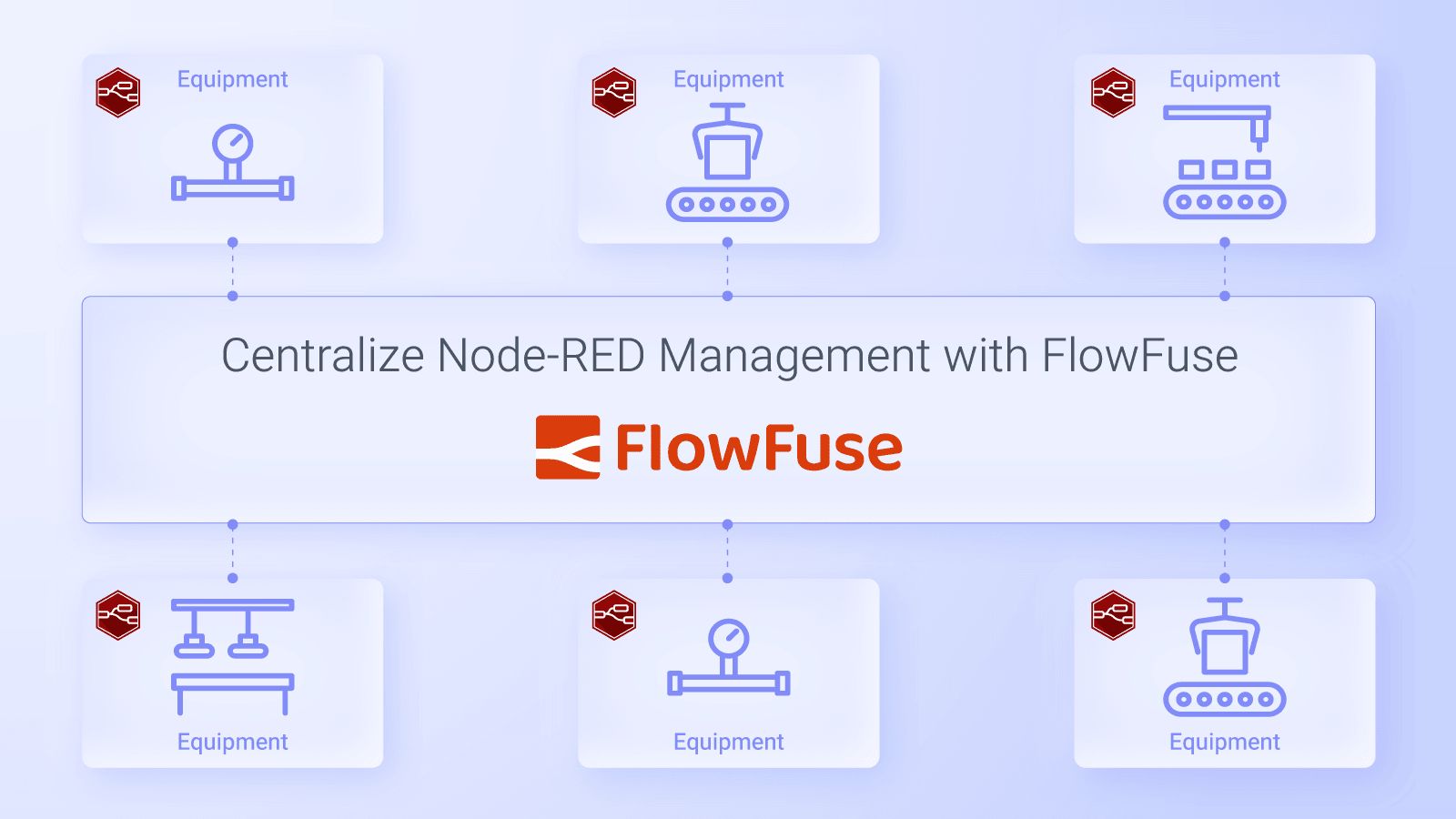
Transform Chaos into Control: Centralize Node-RED Management with FlowFuse
Discover how FlowFuse streamlines the management of your Node-RED instances from a single platform, transforming chaos into control for efficient operations and enhanced collaboration. -
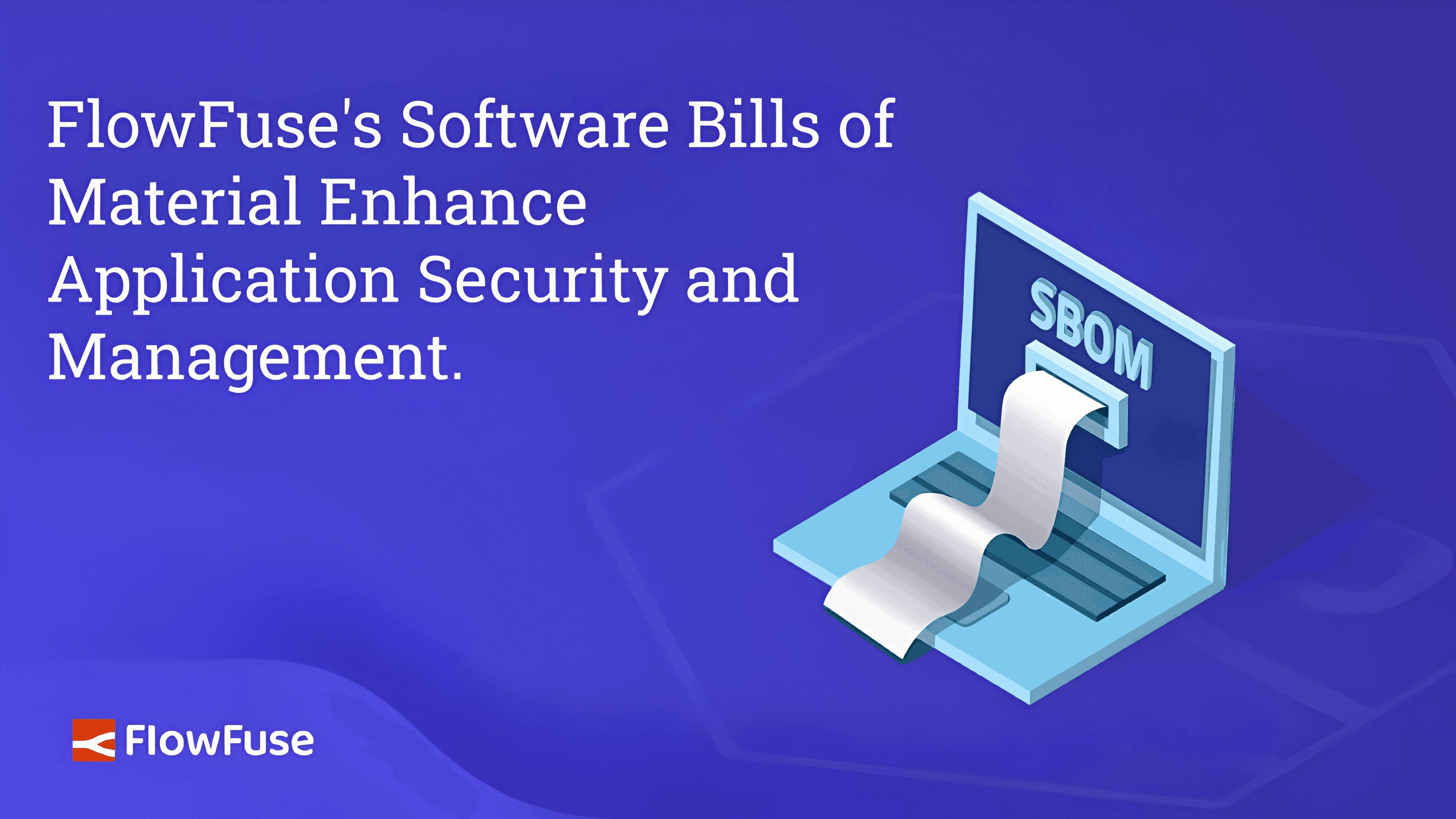
FlowFuse's Software bills of material helps enhance Application Security and Management
Learn how FlowFuse SBoM improves the security and management of Node-RED solutions by tracking dependencies and identifying vulnerabilities. -
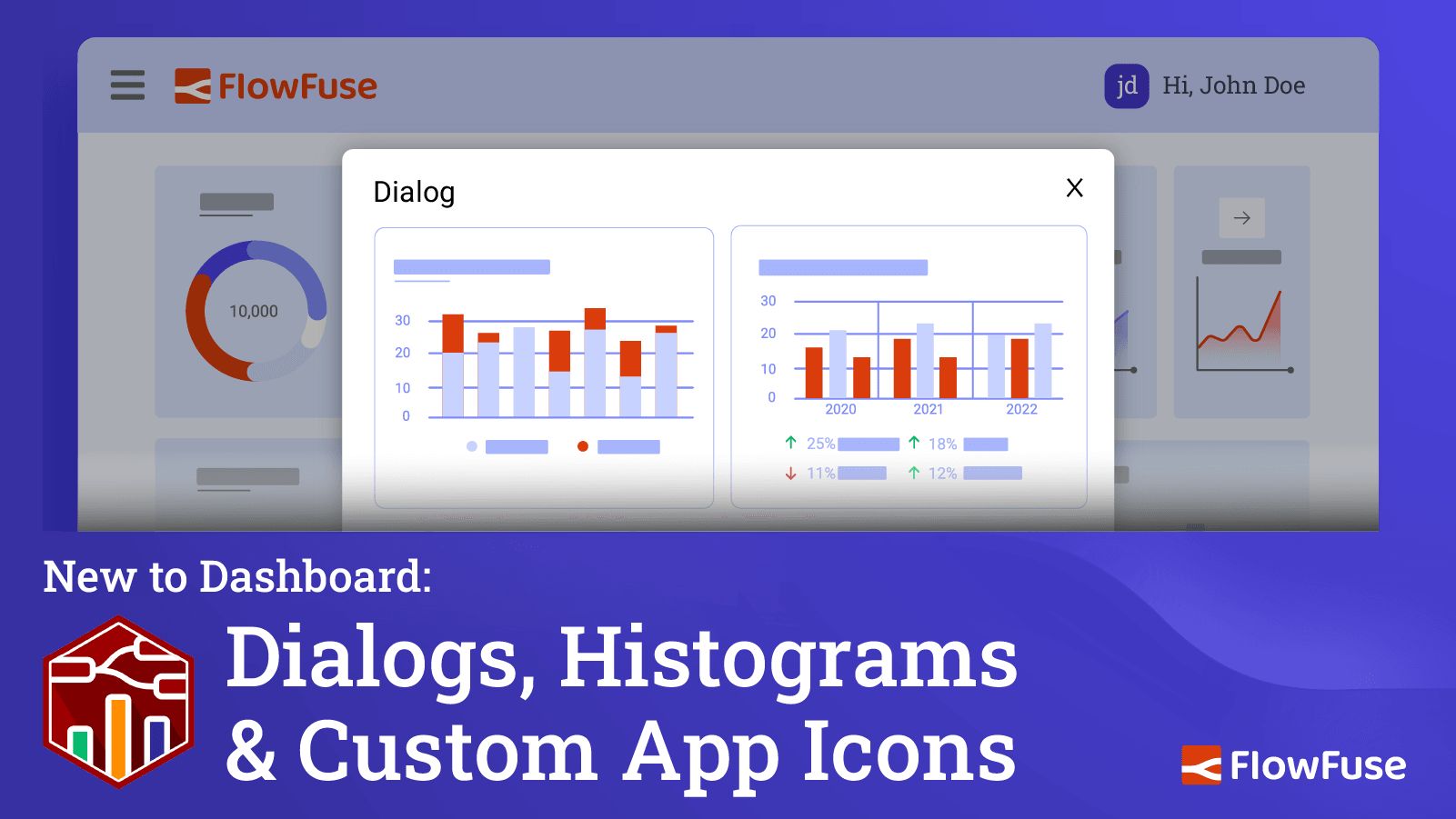
Dialogs, Customizable Icons and Histograms Now Available in FlowFuse Dashboard
Our latest update for FlowFuse Dashboard introduces a new group type, Dialog, a new chart variation, Histogram and customization support for the application icon. -

Exploring Quick Ways to Write Complex Logic in Function Nodes in Node-RED
Learn how to efficiently write complex logic in Function Nodes within Node-RED, simplifying your development process and improving your workflows. -
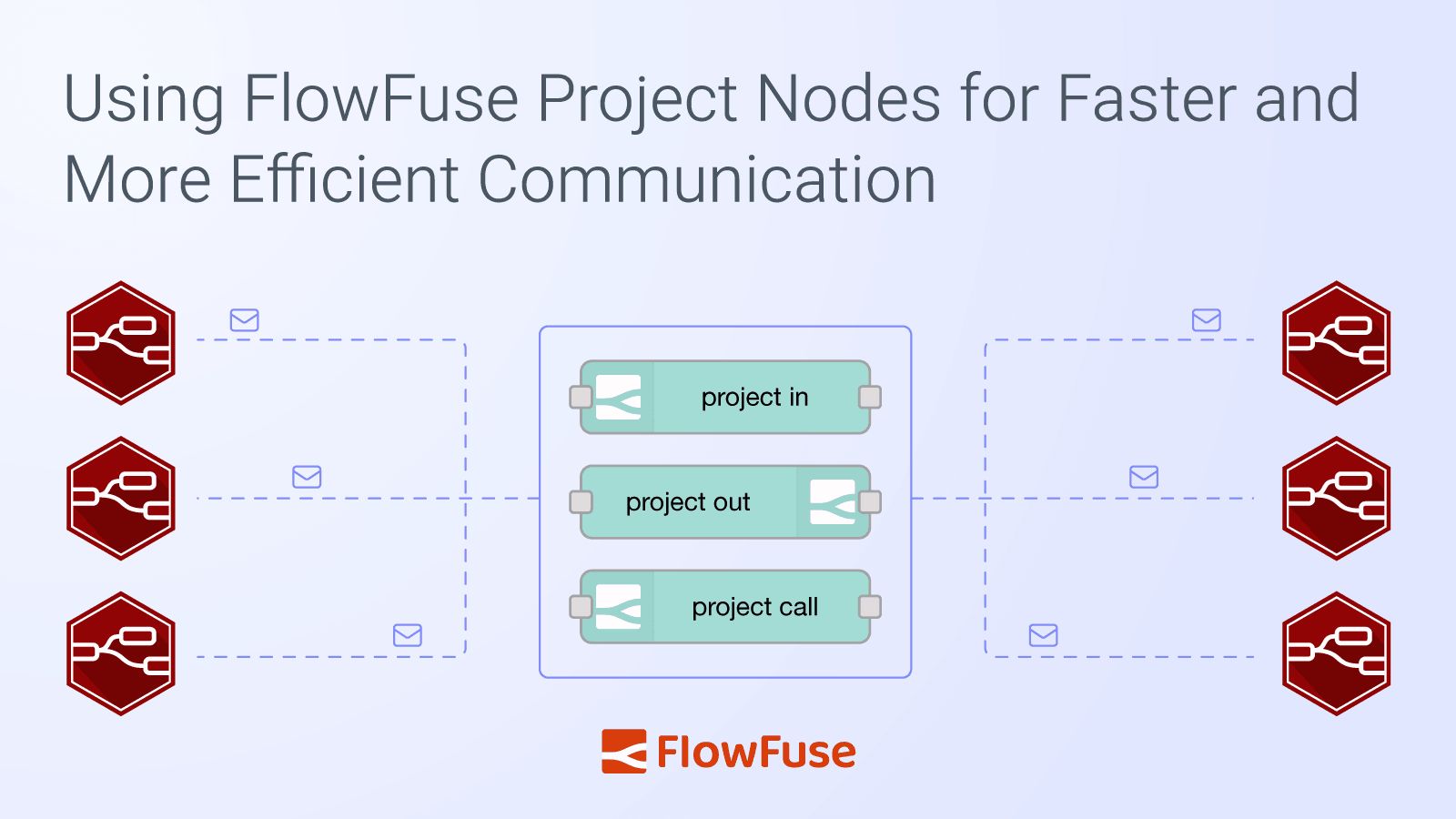
Using FlowFuse Project Nodes for Faster and More Efficient Communication
Learn how to use FlowFuse project nodes for quick and efficient communication between Node-RED instances, making monitoring and data requests easier. -
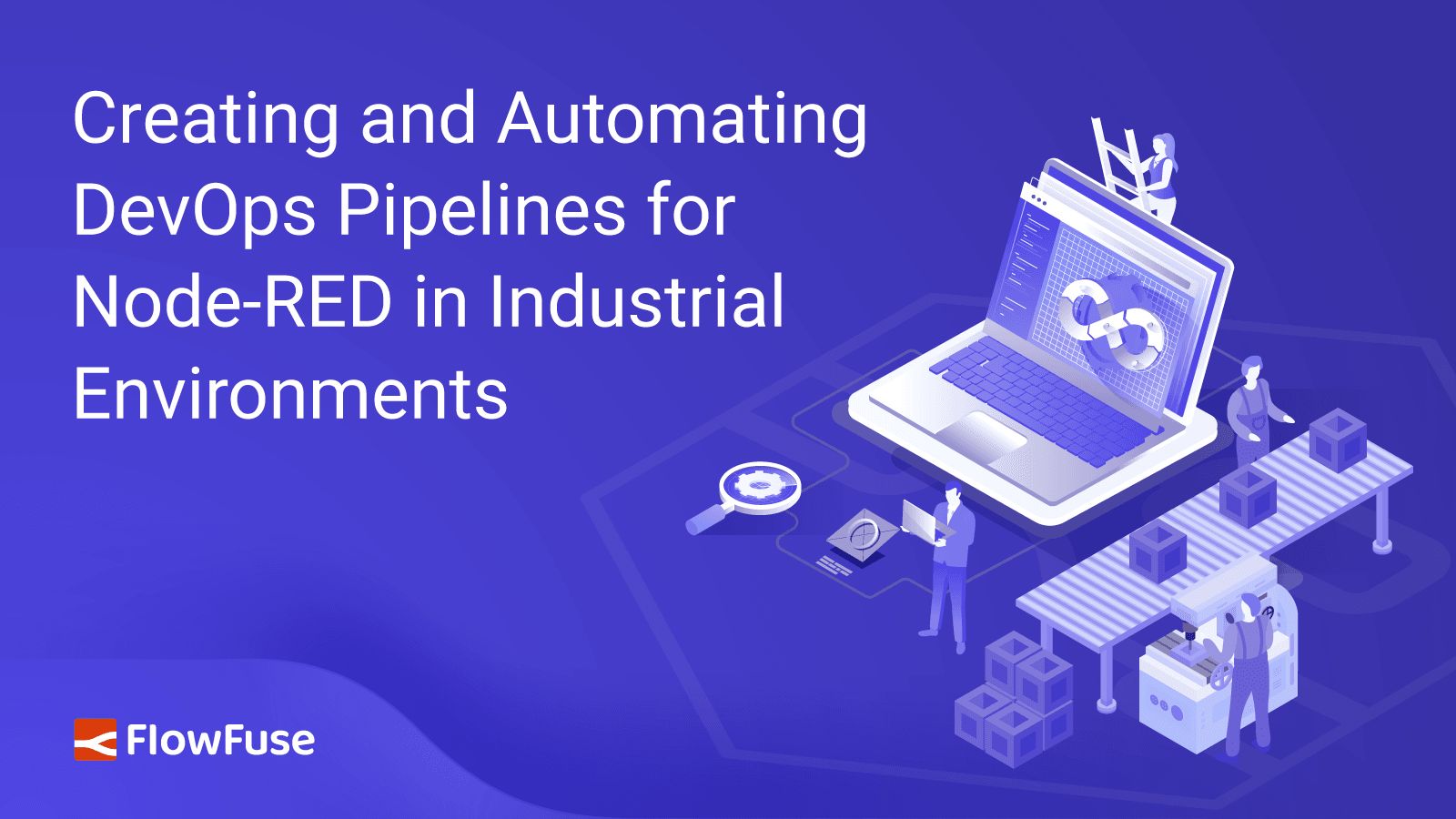
Creating and Automating DevOps Pipelines for Node-RED in Industrial Environments
Learn how to build and automate DevOps pipelines for Node-RED deployments in manufacturing and automotive industries. Discover practical tips and tools to streamline your deployment process, ensuring efficiency and safety in critical operations. -
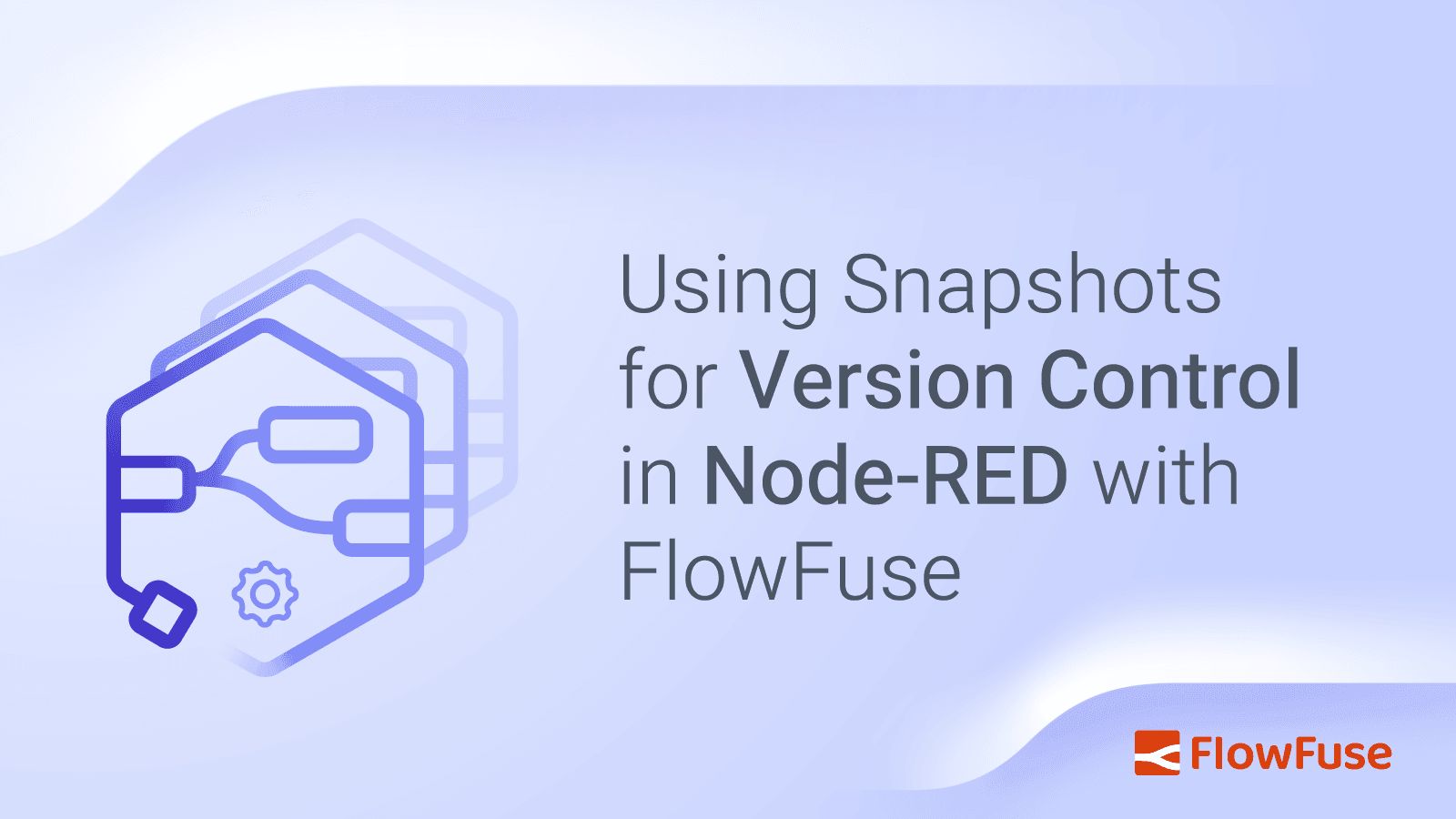
Using Snapshots for Version Control in Node-RED with FlowFuse
Learn how to use snapshots for version control in Node-RED with FlowFuse. Explore step-by-step guidance on creating, managing, and restoring flow backups to enhance your Node-RED development and save yourself from accidental changes. -
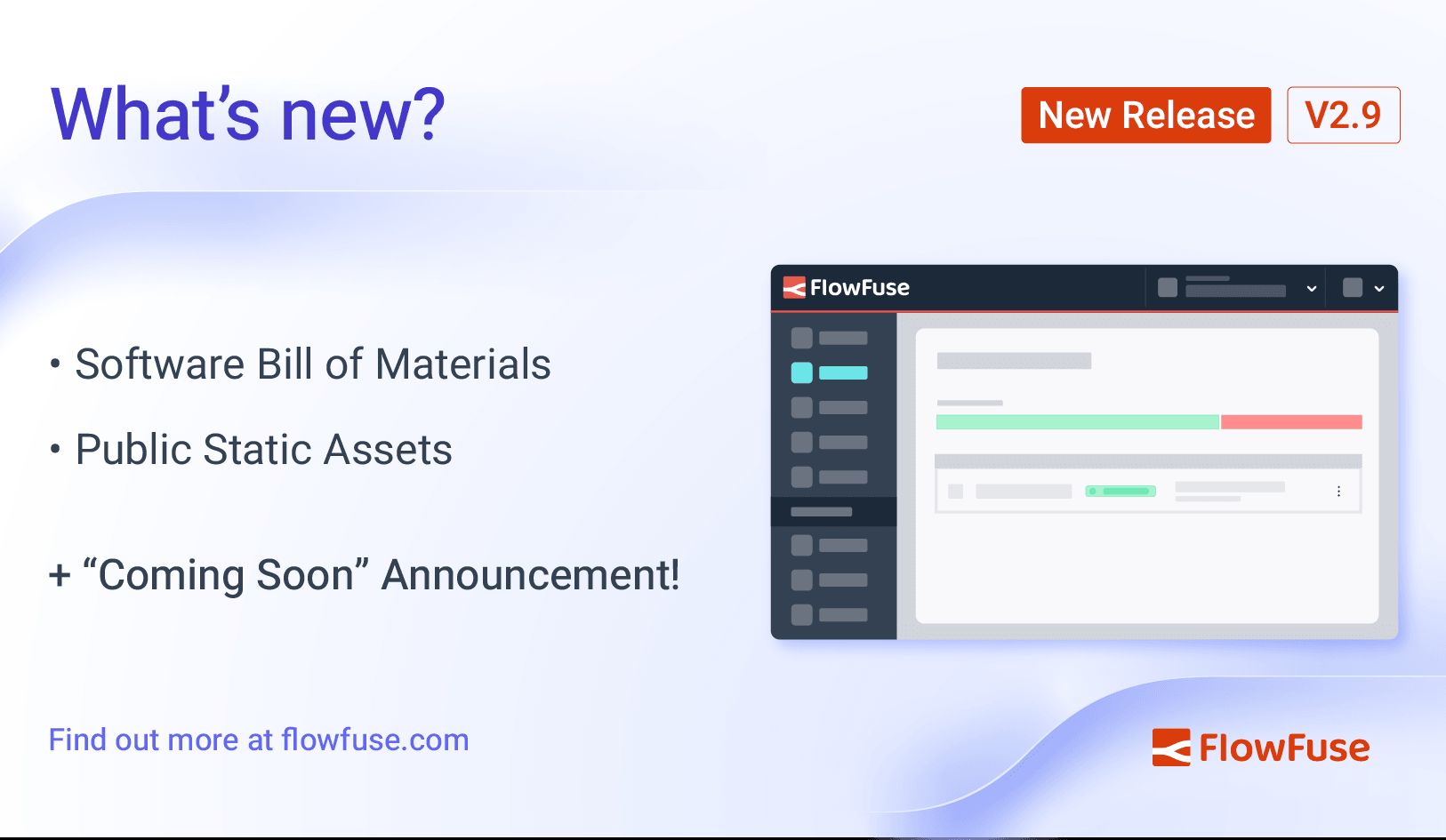
FlowFuse 2.9: Software Bill of Materials & Public Static Assets
Let's take a look at the new features and improvements in FlowFuse 2.9